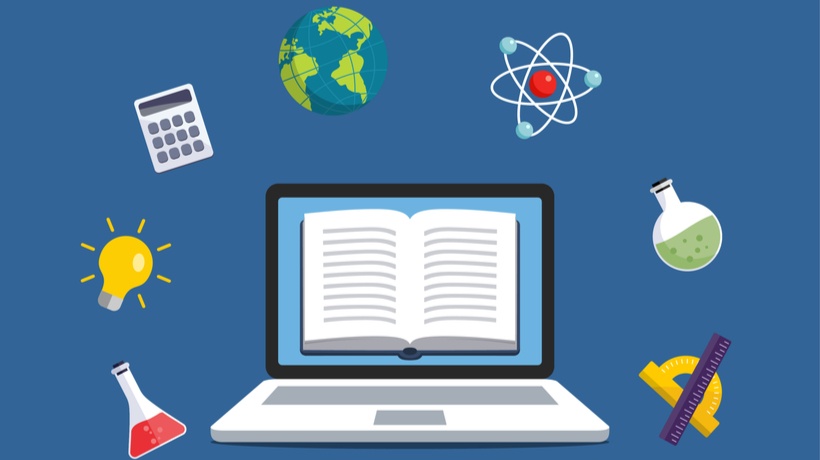In today’s significantly interconnected globe, the capability to function collaboratively is a crucial ability. As standard instructional standards evolve to meet the needs of the 21st century, joint learning becomes a pivotal idea. This write-up looks into the complexities of collective understanding, exploring its advantages, techniques, and difficulties, while offering understandings right into how it shapes modern-day education.
Collective knowing surpasses merely working together.

It symbolizes an instructional strategy where individuals engage in a collective effort to get knowledge, address troubles, and achieve a common objective. This technique emphasizes the value of diversity in idea and fosters much deeper understanding with communication and shared experience.
The Advantages of Collaborative Learning
Collaborative discovering provides a myriad of benefits, making it a favored method in academic settings across the globe. Among the key benefits is the enhancement of vital thinking abilities. As learners involve with peers, they are revealed to various perspectives, encouraging them to examine and evaluate information a lot more critically.
An additional significant advantage is the improvement in interaction abilities. Collaborative learning atmospheres demand active listening, express expression French of concepts, and considerate discussion. These skills are vital, not simply academically, however in professional and social contexts as well.
Cognitive development is additionally notably boosted with joint efforts. Interacting calls for learners to verbalize their reasoning, challenge presumptions, and incorporate various perspectives, bring about much deeper cognitive processing and retention.
- Improved important believing
- Improved communication skills
- Enhanced cognitive development
- Greater retention prices
- Cultivating of social and management skills
The collective result of these benefits is a much more alternative academic experience. Learners not just acquire knowledge however also establish vital life skills that prepare them for future joint endeavors in any kind of field.
Methods for Reliable Collaborative Learning
Applying collective knowing effectively needs thoughtful technique and planning.

Educators must create an environment conducive to collaboration, where learners really feel risk-free and determined to participate openly. Below are some approaches that can help with successful collaborative knowing experiences.
To start with, developing clear goals and assumptions is extremely important. When students understand the objectives and their functions within the team, they are more likely to engage meaningfully. Educators ought to connect these objectives clearly and ensure they are straightened with the curriculum.
Secondly, using diverse group structures can improve the understanding experience. By differing group composition, whether by skill level, rate of interest, or background, instructors can boost vibrant communications and a more extensive understanding of the material.
Challenges in Collaborative Knowing
While collective knowing uses various advantages, it is not without its difficulties. One common issue is the difference in team participant participation. Some people may control discussions, while others may be much less likely to add, causing an imbalance in the discovering experience.
- Inconsonant degrees of engagement
- Possible for dispute
- Time monitoring troubles
- Diverse levels of dedication
Moreover, problems can develop due to differing viewpoints, working styles, or misconceptions. Educators should be furnished to take care of these conflicts properly, promoting an environment where respectful discussion dominates.
The Role of Modern Technology in Collaborative Understanding
In the digital age, modern technology plays a crucial function in promoting collective understanding. Online systems break geographical barriers, allowing people from diverse locations to collaborate in actual time. These tools use a wide range of functions that boost collaborative initiatives, from shared records and conversation forums to virtual conference rooms.

Modern technology not only broadens the range of that can take part in joint discovering yet likewise improves the high quality of interaction. Learners can access a larger series of resources, engage with interactive content, and apply their knowledge in innovative methods.
Future of student-driven encyclopedia Collaborative Knowing
Looking ahead, the future of collective understanding shows up appealing. As schools continue to accept modern technology and introduce pedagogical methods, collaboration will likely end up being a keystone of learning experiences in any way degrees of education and learning.
Inevitably, the significance of joint learning hinges on its capability to encourage people through shared effort and mutual understanding. As we move on, growing these experiences will be essential in preparing learners not just to do well academically, however to flourish in a facility, interconnected world.